Preparing for Ice Storms Safety Tips
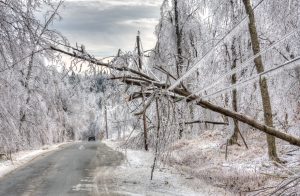 Ice storms are notorious in New England. The famous ice storm that swept New England in December of 2008, for example, left over a million people without power and cost 2.5-3.7 billion dollars in damage. Major storms like these have a devastating impact on residents and businesses, even minor ice storms can cause serious problems. Hypothermia and other illnesses, hazardous road conditions, and freezing pipes are just some of the ways an ice storm can disrupt your daily life.
Ice storms are notorious in New England. The famous ice storm that swept New England in December of 2008, for example, left over a million people without power and cost 2.5-3.7 billion dollars in damage. Major storms like these have a devastating impact on residents and businesses, even minor ice storms can cause serious problems. Hypothermia and other illnesses, hazardous road conditions, and freezing pipes are just some of the ways an ice storm can disrupt your daily life.
However, with a little awareness and preparation, you can reduce the likelihood of an accident or emergency in your home or business. The following guidelines will help to get you ready and keep you prepared for an impending ice storm.




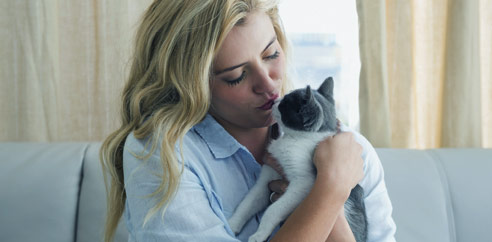
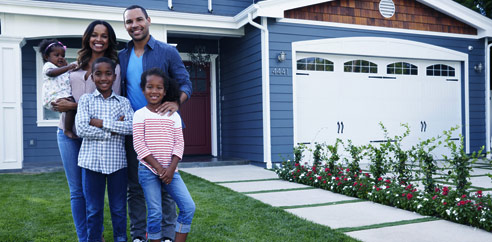
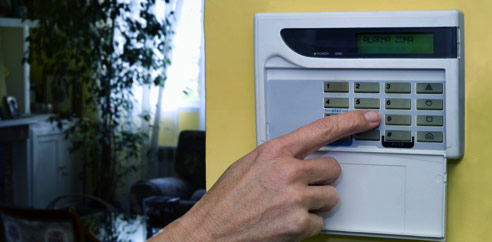


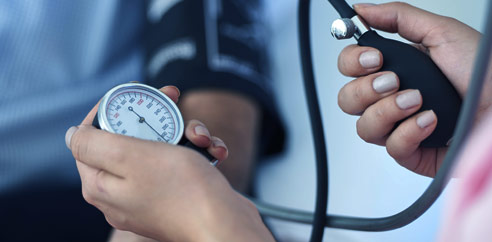








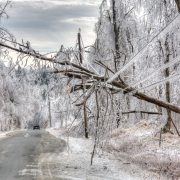
 Often called the “silent killer,” carbon monoxide is a colorless, odorless gas that can be fatal in high concentrations. Every year,
Often called the “silent killer,” carbon monoxide is a colorless, odorless gas that can be fatal in high concentrations. Every year, When the weather outside is frightful, many of us take cover in our nice, warm homes. But when we bundle up and use alternative sources of power, we are also putting ourselves at risk for carbon monoxide poisoning.
When the weather outside is frightful, many of us take cover in our nice, warm homes. But when we bundle up and use alternative sources of power, we are also putting ourselves at risk for carbon monoxide poisoning.